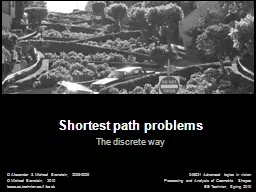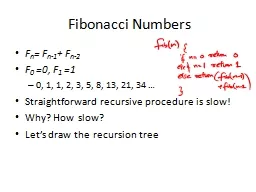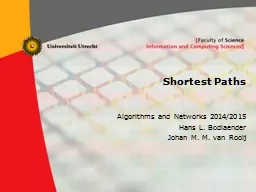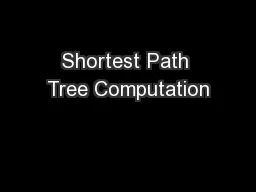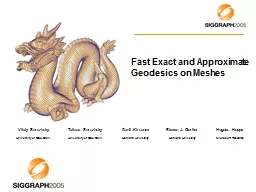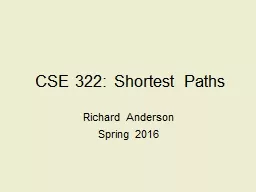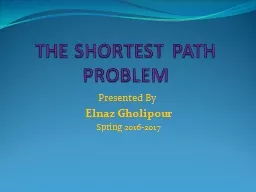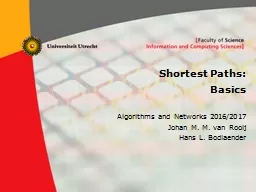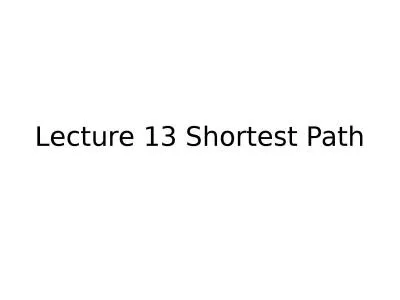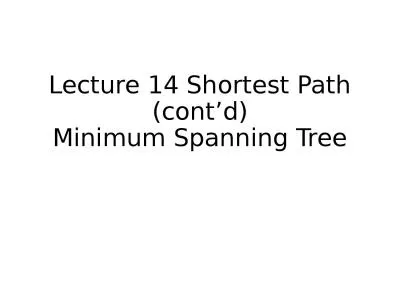PPT-Shortest path problems
Author : tatyana-admore | Published Date : 2017-12-22
The discrete way Alexander amp Michael Bronstein 20062009 Michael Bronstein 2010 toscacstechnionacilbook 048921 Advanced topics in vision Processing and Analysis
Presentation Embed Code
Download Presentation
Download Presentation The PPT/PDF document "Shortest path problems" is the property of its rightful owner. Permission is granted to download and print the materials on this website for personal, non-commercial use only, and to display it on your personal computer provided you do not modify the materials and that you retain all copyright notices contained in the materials. By downloading content from our website, you accept the terms of this agreement.
Shortest path problems: Transcript
Download Rules Of Document
"Shortest path problems"The content belongs to its owner. You may download and print it for personal use, without modification, and keep all copyright notices. By downloading, you agree to these terms.
Related Documents

